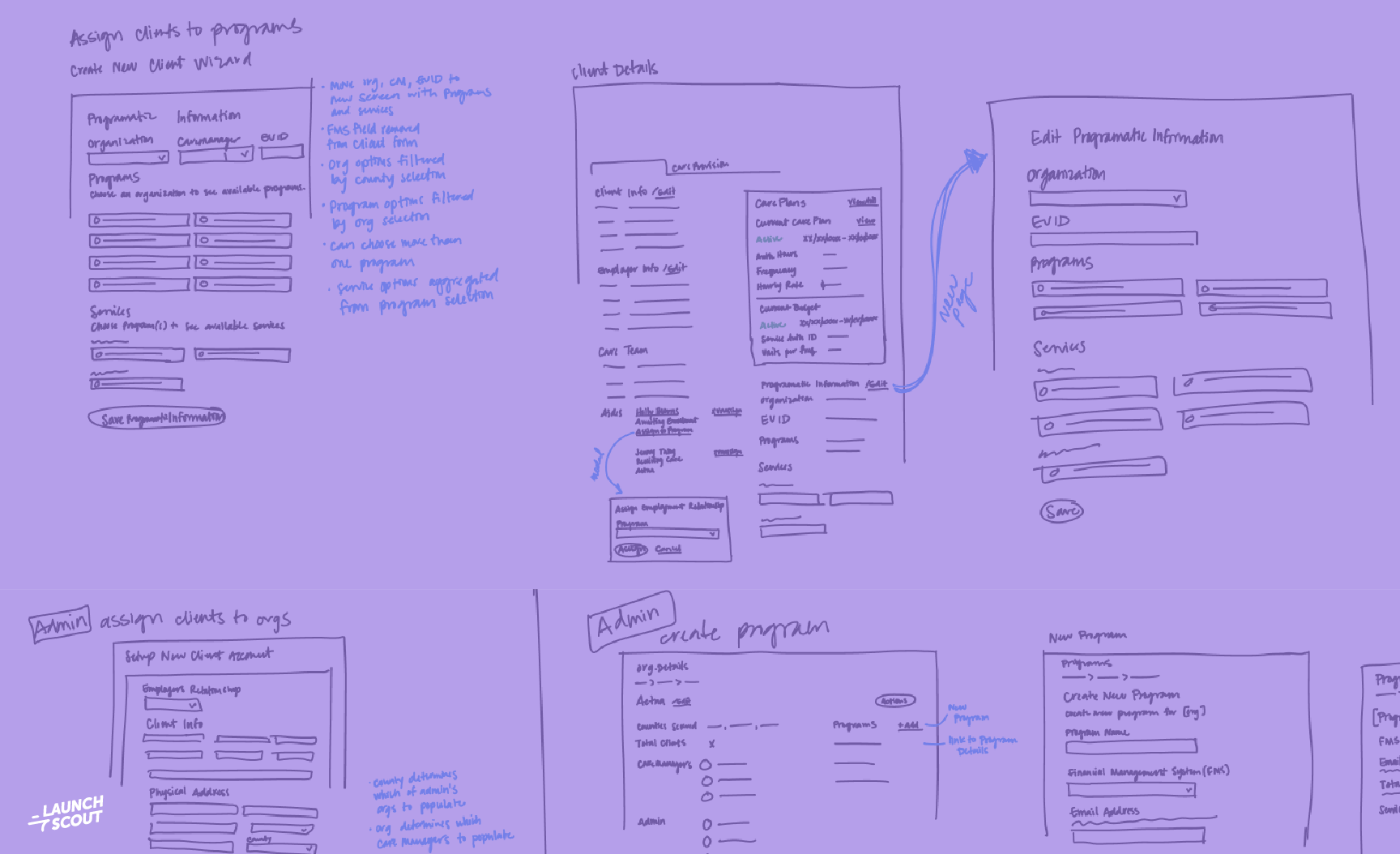4 February 2016
3 Things All Great Creative Directors Do
Last month Gaslight hosted one of AIGA Cincinnati’s WomanUp events featuring a panel of five local female creative directors. It was part of a leadership initiative the chapter started last year to address the fact that only 3 percent of all creative directors are women. The room was packed with people (standing room only!) and energy, but once the event started, everyone eagerly focused on the panel.
The creative directors kicked off by talking about their day-to-day work lives then dug into what makes a creative director successful. “I don’t think of myself as a woman first, I think of myself as a creative first,” said Cathy Sonnett, Creative Director at Spicefire. Here are three pieces of advice the panel gave for anyone looking to become a great creative director.

Build Up Your Team
The trusting relationships these leaders have with their teams is vital to success. “It’s not your job as a creative director to create the great ideas,” said Valerie Aurilio, Executive Creative Director at Landor Associates. “It’s your job to recognize a great idea and to kill a bad idea. Your team needs to know that you will take the fall for them if it goes bad but give them the credit when it goes well.”
Providing guidance to budding designers is something that all of our panel agreed is important to their jobs. “They inspire me every day,” said Holly Shoemaker, Design Director at Hyperquake. “I really had to understand who they were, how they take advice, how to inspire them. I push ideas and let them take what they want from it.”
Team dynamic is vital to growing strong together, too. “Hiring is the most important decision,” said Heather Battles, Vice President of Creative at Pure Romance. Skill is important to the job, but the ability to collaborate with a team to create the best idea is key. “It’s not always [about] the best talent.” She’ll often ask a potential hire to describe his or her role in a project to see how–or if–the candidate gives credit to fellow collaborators.
Set Your Boundaries
The panel discussed men being promoted over women at length. Why is this a trend? How did it start? How can this be improved? “I’m not convinced it’s a gender conversation,” said Aurilio. “It is a work life balance decision.” She went on to tell a story about a woman who chose not to take a promotion, instead choosing to stay in her current position to put family first. Not a bad decision, but an important one.
“Once you’ve set those boundaries it is set, and that’s a choice,” added Battles. “Sometimes work is priority and sometimes family is a priority.” They also mentioned setting boundaries around what hours you work, and not being the self sacrificing creative director who burns the midnight oil every night. There are occasions that will call for that, but find the hours that work for you. Being in the office at 6:30 a.m. might give you the quiet focused work time you need to leave earlier.
Do Not Settle
What may have been the easiest thing to see in these women is that they know how to communicate and how much effort goes into their jobs. “Be really direct and keep working your ass off,” said Lorelei Buescher, Creative Director at Curiosity Advertising. In a creative director role, the work is demanding. The position calls for passion, creativity, groomed managerial and conflict management skills, diligence, and decision making. “I don’t know what my day will be from one day to the next,” Aurilio said. “It’s one thing that I love about it.”
“The most important decision I make is not to accept the status quo,” Sonnett said. “Whether with clients, whether it’s internally, every time you make that decision it moves the ball forward.”
The last piece of advice our directors had to give to the audience was one characteristic a leader needs. The answers were as follows:
- Integrity
- Humility
- Trust
- Strength
- Take Risks
Regardless if you’re a man or a woman, this advice is valuable to any position of leadership. Be sure to look out for the next AIGA Cincinnati WomanUp event for more opportunities to get involved.
Special thanks to our five panelists Cathy Sonnett, Holly Shoemaker, Valerie Aurilio, Lorelei Buescher, and Heather Battles for taking time out to share their experiences with the Cincinnati creative community.



